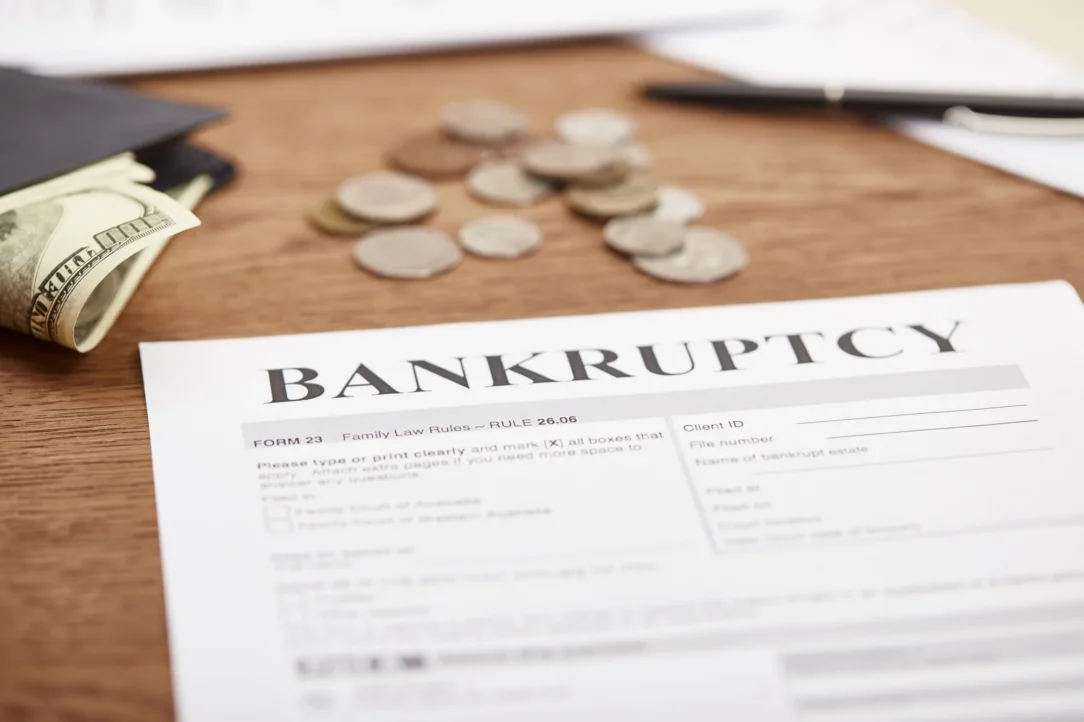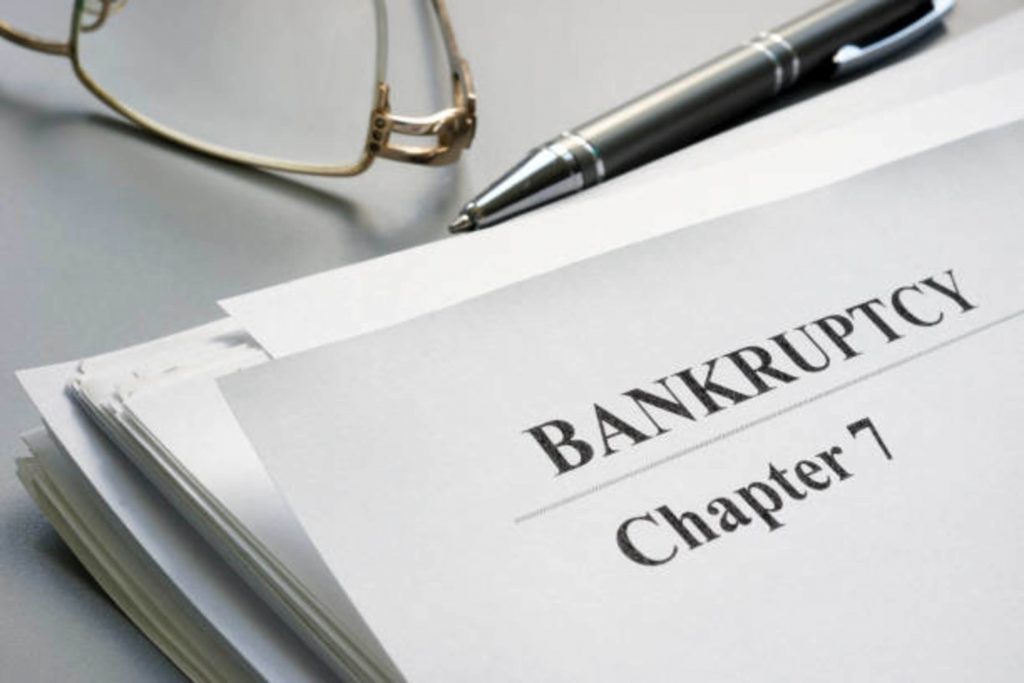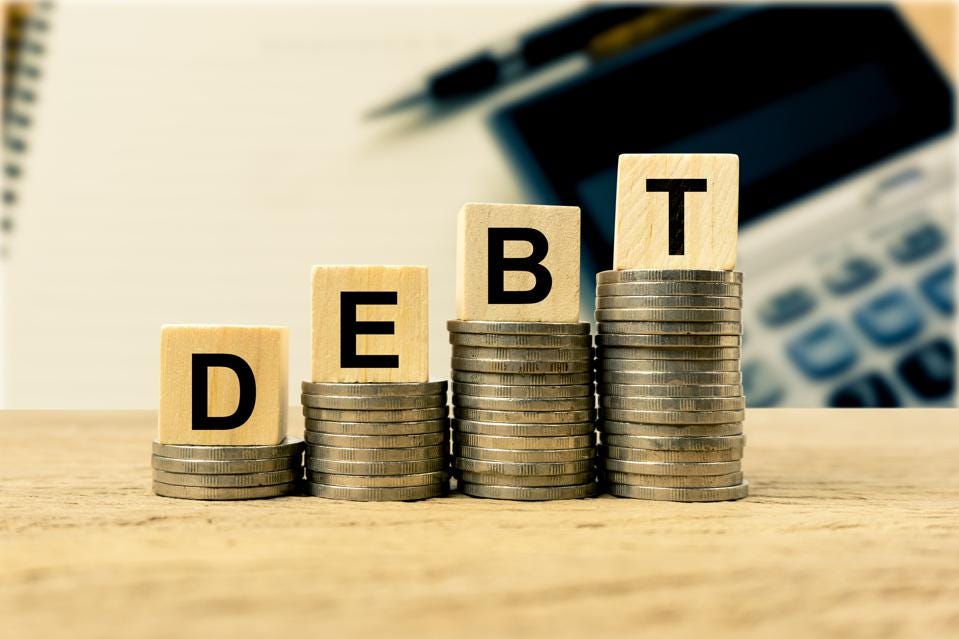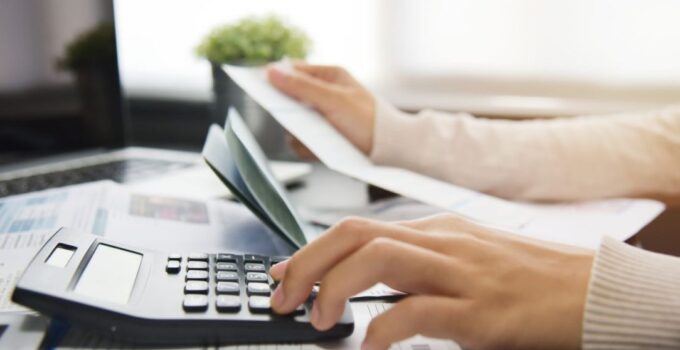Having financial security is one of the most important things in life. Without being financially secure and having enough money at hand, the whole household suffers, not just the person who is struggling. There are many ways to face this challenge, from low paid jobs to having some unexpected, expensive things to get money for quickly. The old saying says that money doesn’t buy happiness, but it is barely true because it gives us peace of mind and security to say the least. Everything is easier to achieve then, even happiness.
When an individual or an organization hits rock bottom in terms of earning money and staying profitable, there is usually only one thing left to do. We have all heard about it but not everyone knows what it implies. In addition, there are different sides to it to know about. We are of course talking about declaring bankruptcy. Finding yourself in a situation without a solution is when filing for bankruptcy is the last option. But what does it imply, and what is the legal process behind it?
Worry not, as in this article we aim to explain everything. We give you the most important tips to understand the legal process on bankruptcy so that you can come out on top should you ever find yourself in this situation. Keep reading the article thoroughly so as not to miss anything and get the facts that you will use.
1. What to Do Before You File

Source: iveymcclellan.com
Before filing for bankruptcy and making such a decisive move, there are a few things that need to happen. It is considered the last resort for a good reason and it should only be used when someone is in a very deep debt that they have absolutely no chance of paying back. If you believe there is no other way to pay the bills but bankruptcy and the ensuing process, it is a good idea to still take a step back and evaluate the situation one more time. There are certain alternatives that may be viable still, less costly and with less damage to the future credit record score. One thing you can do is try to negotiate with your creditors. Some of them are not willing to wait for the lengthy bankruptcy settlement to go through and risk not getting anything from you in the end. Therefore, they agree to accept reduced payment over a longer period, one that is quite longer than the original credit stated. For home mortgages, some lenders have no problems with postponing payments for a certain period, a move known as forbearance. Repayment plans and loan modifications may be plausible to. Even the IRS may be willing to negotiate in some cases. Whatever you do, you must realize that the legal bankruptcy process should be the absolute final option.
2. How to Do It
In order to understand the process itself, you must know what needs to be done on your end when filing for bankruptcy. The first step is of course to contact an attorney, preferably someone experienced in these cases. It is possible to do it without an attorney, but not advised because the process has long-term legal and financial outcomes and consequences. Before the filing goes on, you will have to attend a counseling session with an approved credit organization. The counselor there evaluates your situation, describes the alternatives, and helps you with a new budget plan. The counseling session is free if you cannot pay, and otherwise it is around $50. If you decide to proceed after this, the attorney has to explain to you about the different types of filings. Speaking of the differences in bankruptcies…
3. Know the Types

Source: politoandquinn.com
Businesses have their own set of bankruptcy types and processes. When individuals are concerned, there are only two common forms of filing for bankruptcy. They are namely Chapter 7 and Chapter 13. The first liquidates the assets of the person who has filed for it in order to pay the creditors what they are owed. Assets include equity in the home, personal vehicle, personal items like clothes and tools especially those you would need for your job. Things like certain benefits and pensions are also taken a closer look into. These are called exempt assets. On the other hand, non-exempt assets are sold off at the bankruptcy court and the proceeds are given to the creditors. These include properties that are not residences, recreational (and second) vehicles, valuables and collectibles, and accounts. This is mostly the option for low-income individuals who do not have a lot of assets to their name. Chapter 13 allows you to keep your assets, but you have to promise to repay the entire debt in the next three to five years. Your payments are collected and given to the creditors. This second type of personal claim is more often than not chosen by those who wish to keep possession of items and belongings.
4. The Test
It is ultimately your decision to choose between chapters, but you will still be given a test to better determine your situation. You may not be eligible for Chapter 7 at all, in which case you will have to find a way to pay the debt off in the next three to five years. The test compares the average income you have had in the last six months with the average income of a similarly-sized household. This is based in the state where you live and not on a national level. If your household earns less than what is average, you are eligible for number 7. It is possible to be eligible even if you are over the median income, in which case you could subtract some expenses that are allowed. In case the test shows that you have more money left to pay your debt bills, the court will appoint number 13 to your case.
5. Debt Listing

Source: forbes.com
The final big steps in the whole process involves bringing a full list of debts you have to the court and showing them proof of the money you owe to your creditors. The debts on your list may fall in two distinct categories, secured and unsecured debts. The former includes loans with interest in property, like car loans and mortgages. Unsecured debts do not have property tied to them and are usually credit cards, medical bills, or different personal loans. This serves as the final proof and it doubles as the final step before your bankruptcy process goes through. What comes next is making sure you pay it off accordingly and start working on bettering your credit score for a more financially secure future.




